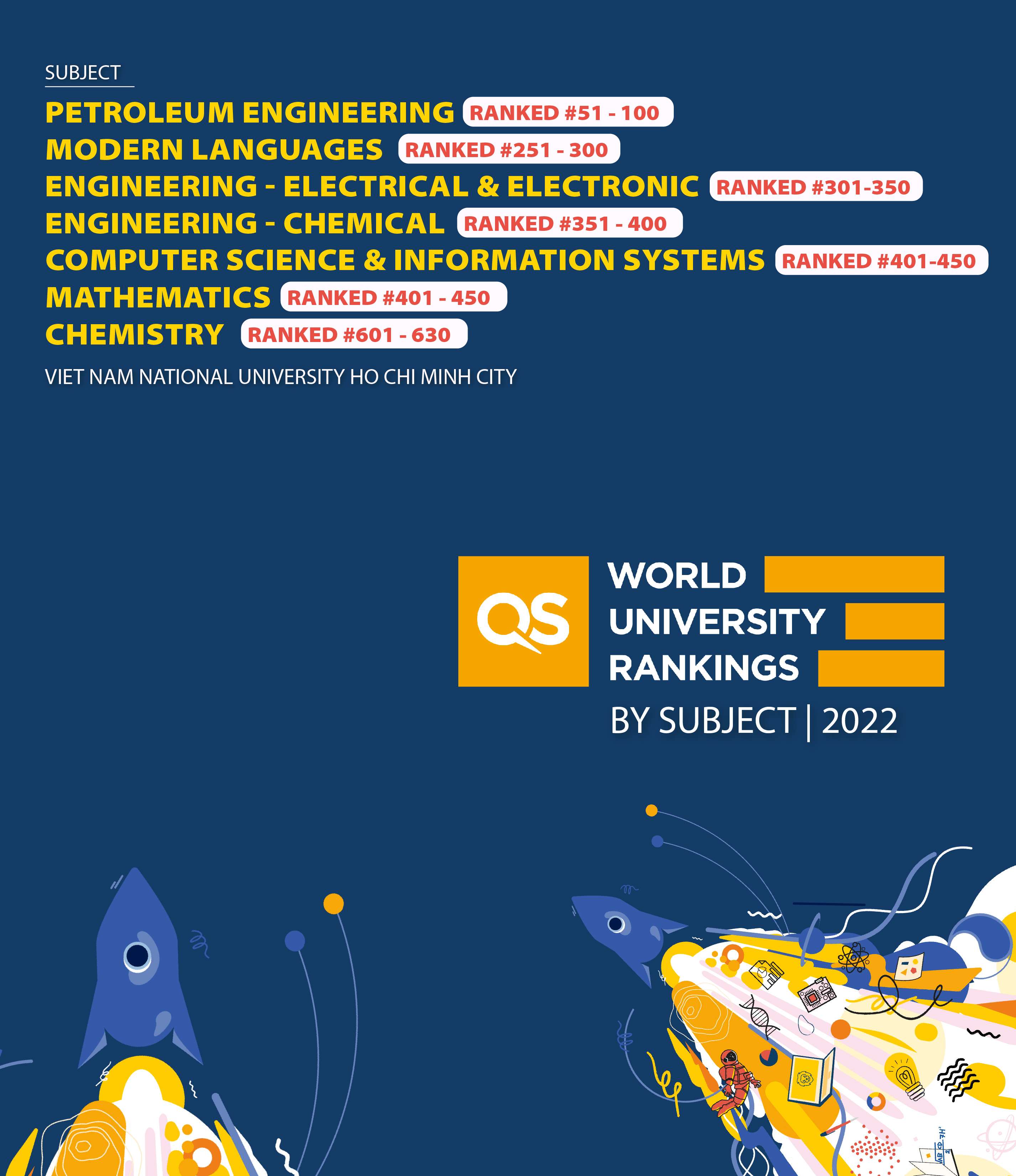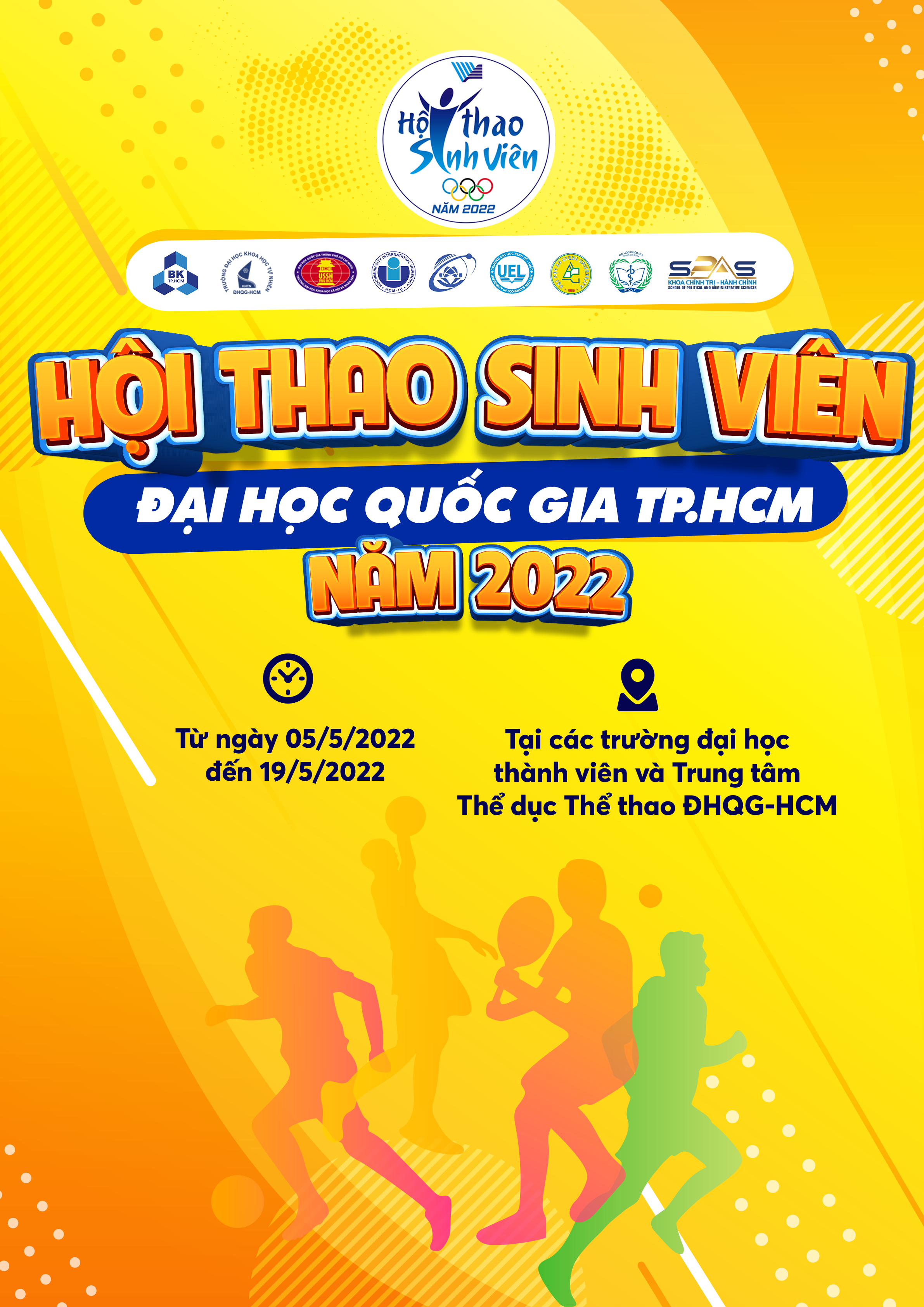Đề tài nghiên cứu: The influence of adaptation behaviors on continuance intention to use digital platforms: the case of ride-hailing service in Vietnam
Chuyên ngành: Quản trị kinh doanh
Mã số chuyên ngành: 9340101
Họ và tên NCS: Nguyễn Giang Đô
Cán bộ hướng dẫn: TS Hà Minh Trí
Cơ sở đào tạo: Trường Đại học Quốc tế - Đại học Quốc gia TP. HCM
Tóm tắt luận án
The study makes a variety of remarkable contributions to the literature on continuance usage and adaptation. These contributions include theoretical, empirical, and managerial contributions, inferred from the findings of the context of ride-hailing services, a representative and extensive form of mobile commerce.
Theoretical contributions
First, most research on IT-enabled service systems (e.g., mobile commerce, ride- hailing) has been carried out primarily from either a variance or a process approach (Beaudry & Pinsonneault, 2005; De Guinea & Webster, 2017; Rivard, 2014). The research with a variance approach focuses on testing user adoption regarding its potential antecedents, their interrelationships and predicted outcome (Burton-Jones et al., 2015; Mohr, 1996). The research employing the variance approach often refers to technology acceptance models such as TAM, TAM2, and UTAUT (e.g. Davis et al., 1989; Rogers et al., 2014; Venkatesh & Davis, 2000; Venkatesh et al., 2003). By contrast, the process approach research explores the users’ behavioral changes during the usage process and their impacts on outcome performance and decisions (Beaudry & Pinsonneault, 2005; Orlikowski et al., 1995; Schmitz et al., 2016). The process approach research often utilizes coping theory, adaptive structuration theory, and process models (Beaudry & Pinsonneault, 2005; DeSanctis & Poole, 1994; Liang & Xue, 2009; Schmitz et al., 2016). This study is among the first to employ a combined approach of variance and process approaches to develop a novel integrative theoretical framework for empirically investigating the user IT adaptation-continuance at the individual level and its associated determinants and outcomes. The combined approach of this study provides a fresh understanding of both the variance and process nature of user continuance usage in online service contexts (Burton-Jones et al., 2015; De Guinea & Webster, 2014, 2017; Paré et al., 2008). Furthermore, by utilizing the hybrid of distinctive approaches, this study helps to explain the phenomenon of “IT adaptation” and “IT use” which is intertwined with both process and variance properties (Langley, 1999; Whelan et al., 2016). It advances the IT acceptance literature by guiding how a study can investigate both predicted outcomes (outcome variables) and behavioral changes (process variables) simultaneously (De Guinea & Webster, 2014, 2017; Mohr, 1996; Rivard, 2014).
Second, this study establishes a novel theoretical framework for future investigations into the individual adaptation-continuance relationship of mobile application users in comparable service contexts. By recognizing the complex nature of the IT use and adaptation process and based on the adaptive structuration theory for individual (ATSI) (Schmitz et al., 2016), the proposed theoretical framework elucidates the entire process formatting of continuance usage from the input factors (input structures), behavioral adaptation (core process), and outcomes (output structures). This individual adaptation-continuance framework is projected to overcome several restrictions from the original ECM (Bhattacherjee, 2001), the IT implementation (Jasperson et al., 2005; Petter & McLean, 2009; Purvis et al., 2001), and other acceptance models such TAM (Davis et al., 1989), TAM2 (Venkatesh & Davis, 2000), and UTAUT (Venkatesh et al., 2003). The study’s new theoretical framework is a response to scholars’ calls for further studying of the IT continuance behaviors by integrating post-adoption factors such as behavioral adaptation (Bhattacherjee & Barfar, 2011; Bhattacherjee et al., 2018; DeLone & McLean, 2016), and other potential factors (Bala & Venkatesh, 2016; Barki et al., 2007; Bhattacherjee & Harris, 2009; DeLone & McLean, 2016; Kim & Malhotra, 2005).
Third, this study proposes and validates a research model ingrained in the new individual adaptation-continuance theoretical framework to examine continuance intention toward the ride-hailing service. This study is among the first to enlighten the interrelationships of continuance intention, behavioral adaptation, and its antecedents including perceived usefulness, satisfaction, self-efficacy, trust, and management support. The constructs of interest are rooted in our knowledge of proven theories relevant to IT continuance and growing m-commerce business settings such as ECM,DTPB, ATSI, and IT implementation. Although researchers have intensively studied continuance intention in various contexts, there exists unexplored links between continuance intention and the adaptation process and its input factors (e.g., Bala & Venkatesh, 2016; Bhattacherjee & Harris, 2009; Eid & Abbas, 2017; Schmitz et al., 2016). This research is theoretically contributive because of the way it bridges this gap by providing empirical evidence for these missing links in an integrated model.
Fourth, although management support has been largely identified as a determinant of user usage of an IT (Jasperson et al., 2005; Puklavec et al., 2018), up to the time of writing, far too little attention has been paid on the influences of management support on user adaptation, which led to continuance behaviors. This present study is among the first investigations to fill the gap by providing empirical evidence on the substantial relationship between management support and user IT adaptation, leading to continuance intention.
Fifth, although trust has caused much concern among researchers in m-app settings (Kim & Peterson, 2017; Sarkar et al., 2020) the research involving trust has mostly ignored the relationship between trust and user adaptation (Sarkar et al., 2020; Wu et al., 2011). The results from our work will unravel and shed light on the understanding of how trust influences CI through the adaptation process, along which users perform adaptation behaviors with the ride-hailing service.
The final theoretical contribution is that the study is among the first to inspect the mediating role of user behavioral adaptation for continuance intention. By conceptualizing behavioral adaptation as a mediator, our work enhances insight into how these input structures affect user post-adoption behaviors from the driver-user perspective. This study’s results disclose that user adaptation fully mediates the influence of management support on CI.
Lastly, this pioneering study is of great significance as it marks first investigation into user adaptation, a new research stream on post-adoptive stage of IT usage. Prior IT acceptance literature research observed only two streams of IT continuance, including
(1) purposeful or planned behaviors, which based on constructs such as perceived usefulness, satisfaction (e.g., TAM, TRA, TPB), (2) habitual (e.g., habit). The new stream, introduced by our group researchers, is IT adaptation- continuance which based on the original ECM and post-adoptive behavior constructs such as adaptation, switching technology. Before this study, evidence of user behavioral adaptation in IT acceptance was purely anecdotal.
Managerial implications
This paper addresses more than a few issues of potential applicability to managers in app-based businesses and to those who make every effort to foster users’ continuance behaviors with their core business app. First, the study supports the findings that both users’ behavioral adaptation and their satisfaction with the adaptation are key factors resulting in continuance intention to use the RHA. Second, self-efficacy was found to influence directly behavioral adaptation. It is recommended that firms’ efforts in boosting users’ confidence enables users to interact, learn how to use the platform actively and to adapt it to fit their workstyle. Third, that management support is positively associated with trust and behavioral adaptation implies that firms’ support for users are extremely important to establish trust, and specifically to adapt it to fit their personal workstyle and life circumstances. Fourth, the influence of trust on CI via user adaptation will persuade RHA managers to focus on improving user trust to promote continuance usage.
Finally, top RHAs such as Grab, Gojek, and other ride-hailing firms alike, have grown throughout the region of Southeast Asia, or specifically Vietnam in this study, and their expansion to new markets could be a strategic marketing decision. Therefore, perhaps the company has been mindful of the factors for improving the quality of the user partnership, leading to retaining users for the firm in the time of heightened competition.














Hãy là người bình luận đầu tiên